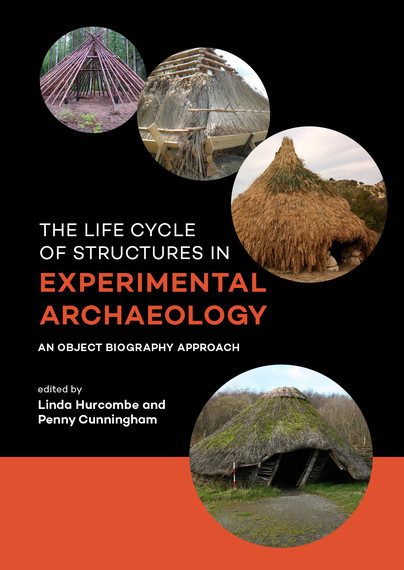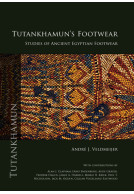Google Books previews are unavailable because you have chosen to turn off third party cookies for enhanced content. Visit our cookies page to review your cookie settings.
The Life Cycle of Structures in Experimental Archaeology (Hardback)
An Object Biography Approach
Imprint: Sidestone Press
Pages: 230
Illustrations: 8bw/82fc
ISBN: 9789088903892
Published: 31st December 2016
Script Academic
Pages: 230
Illustrations: 8bw/82fc
ISBN: 9789088903892
Published: 31st December 2016
Script Academic
Please note this book may be printed for your order so despatch times may be slightly longer than usual.
You'll be £120.00 closer to your next £10.00 credit when you purchase The Life Cycle of Structures in Experimental Archaeology. What's this?
+£4.99 UK Delivery or free UK delivery if order is over £40
(click here for international delivery rates)
Need a currency converter? Check XE.com for live rates
(click here for international delivery rates)
Need a currency converter? Check XE.com for live rates
The focus of Archaeological Open-Air Museums (AOAMs) is to present both the tangible and intangible past to the public. The tangible parts of AOAMs are the archaeological remains and the reconstructions. The intangible and, in some respects the most interesting part of an AOAM, is the story of the people the museum represents. This volume explores the research and visitor agendas of structures and their life cycles as they are experienced by experimental archaeology projects and AOAMs. The papers presented include research undertaken by both academics and craft specialists and demonstrate the value of experiential and experimental research to enhance both the visitor experience and research agendas. The papers were brought together as part of the OpenArch Project’s Dialogue with Science Work Package. OpenArch is a five year project with eleven international partners funded with support from the European Commission.
Structures include houses, boats, forges, and other diverse constructions. The structures are not static entities but change through time going through a life cycle. Key themes are the birth, life and death of structures. To explore these key themes papers in this volume consider the planning phase, the assembling of materials, the construction period and then the maintenance and repair needs and the change of use of structures as they age. For some structures this also includes issues surrounding decay, dilapidation, dismantling and destruction of these experimental structures. Understanding of these biographies not only contribute to our understanding of the archaeological record they also enable a consideration of the intangible aspects of structures whilst enhancing the visitor experience.
Other titles in Sidestone Press...















